Fintech
Norvista Capital Corporation Provides Corporate Update
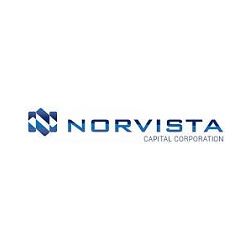
Toronto, Ontario–(Newsfile Corp. – April 6, 2020) – Norvista Capital Corporation (TSXV: NVV) (“Norvista” or the “Company”) is pleased to provide an update on the operational and liquidity status of its three core investee companies. The principals of Norvista act as directors and or officers of these investee companies and as such have been working with management and the boards of these portfolio companies to develop strategic alternatives designed to cope with the disruption in both the capital and commodity markets resulting from the COVID-19 pandemic. Norvista continues to upload relevant press releases from its investee companies to the Company’s website in order to provide ongoing detailed information on all material developments affecting our portfolio companies.
Minera Alamos Inc. continues construction work on its fully funded, 100% owned Santana open-pit, heap leach, gold project in Sonora Mexico in compliance with current governmental requirements. The site area is relatively remote from large population centres and to-date project work has been allowed to continue with appropriate measures implemented to protect the health of the workforce. Minera continues to project that it will join the ranks of North America’s gold producers in Q4 of 2020. In addition, the company’s 100% owned La Fortuna open-pit gold project, also located in Mexico, is nearing the end of the permitting process and Minera could make a construction decision on La Fortuna this year or early in 2021. As with the Santana project, La Fortuna exhibits extremely attractive economics. Minera has sufficient liquidity to fund its operations over the course of 2020 with the prospect of generating free cash flow from operations in late 2020 to fund ongoing operating costs and future project developments.
Rockcliff Metals Corporation continues to move its Manitoba copper projects forward on both permitting and development fronts with the objective of making a construction decision on one or two of its projects by year-end or in the first quarter of 2021. Rockcliff currently has combined cash and cash equivalents of approximately $13,000,000. Rockcliff is in the process of demobilizing its drilling programs as they prepare for the spring thaw that will continue through to mid-May. The decision to resume drill programs in May will be made in the context of the market at the time. In the interim the company will continue the permitting process and has commenced the preparation of a Preliminary Econmic Assessment which will combine the sequential development of Rockliff’s 100% owned Tower project and its 100% owned Rail project. The PEA, which is projected to be released in late May or June, will incorporate usage of the company’s leased 1,000+ tonnes per day mill and tailings facility in Wabowden, Manitoba. Both projects are well within trucking distance to the mill. The Board of Rockcliff will determine whether to commence preparation of a Pre-Feasibility Study upon completion of the PEA in the context of the market at that time. Any delays in the resumption of drilling and the commencement of the PFS will be done to conserve cash until capital markets normalize and the availability of development debt and equity funding returns.
Nevada Zinc Corporation continues to pursue the idea of producing zinc chemicals for the US agricultural industry as an alternative to producing and selling zinc concentrate. Mineralization from the company’s strategically located Lone Mountain zinc oxide project in Nevada lacks significant amounts of deleterious elements, making it very suitable as a potential feedstock for the production of zinc chemicals which are value add products relative to the production and sale of a zinc concentrate to be used for the production of zinc metal. The issue of supply chain security in many sectors of the US economy, including food supply, has taken on renewed importance in light of the recent disruptive effects of the COVID-19 pandemic. Approximately 60% of the zinc sulfate consumed by US growers and farmers is currently imported, mostly from China. Nevada Zinc’s recent discussions with market participants validates the company’s believe that “made in America” zinc chemicals will be well received by the agricultural industry. The Lone Mountain deposit is strategically located proximal to the $46 billion California agricultural market whose specialty crop growers use significant amounts of zinc sulfate in their operations to combat disease and improve crop yields. When the current COVID-19 restrictions are lifted the company’s activities for the duration of 2020 will consist of the continuing evaluation of concentrating and extraction processes, the shipment of ore samples to consultants to confirm the zinc sulfate production process, producing zinc sulfate samples and improving the confidence level of resources at the Lone Mountain deposit. The company is currently reviewing financing options either through the market and or with strategic partners to fund its 2020 work program.
About Norvista
Norvista is a resource-based merchant bank with an investment portfolio of public securities issued by companies engaged in precious and base metal exploration and development. The portfolio is comprised primarily of three core investee companies with operations located in Mexico, Canada and the United States. Norvista’s core investee companies are Minera Alamos Inc., Rockcliff Metals Corporation and Nevada Zinc Corporation. The Company seeks to monetize its investments through a combination of direct market sales, share disposition transactions with strategic purchasers or investee company share distributions to Norvista shareholders. All or a portion of the proceeds from the sale of investee company shares will be distributed to Norvista shareholders at the discretion of the Company’s Board of Directors.
Bruce Durham, P.Geo., Managing Director of Norvista, is a Qualified Persons as defined by National Instrument 43-101 – Standards of Disclosure for Mineral Projects. Mr. Durham is responsible for the scientific and technical data presented herein and has reviewed and approved this news release.
For further information, please contact:
Norvista Capital Corporation
Don Christie, President & CEO
Off: (416) 504-4171
[email protected]
The TSX Venture Exchange Inc. has in no way passed upon the merits of the proposed transaction and has neither approved nor disapproved the contents of this news release.
Cautionary Note Regarding Forward-Looking Statements: This news release includes forward-looking statements that are subject to risks and uncertainties. Forward-looking statements involve known and unknown risks, uncertainties, and other factors that could cause the actual results of Norvista and its invstee companies to be materially different from the historical results or from any future results expressed or implied by such forward-looking statements. All statements contained in this news release, other than statements of historical fact, are to be considered forward-looking. Although Norvista believes the expectations expressed in such forward-looking statements are based on reasonable assumptions, such statements are not guarantees of future performance and actual results or developments may differ materially from those in the forward-looking statements. Accordingly, readers should not place undue reliance on forward-looking information. Norvista does not undertake to update any forward-looking information except in accordance with applicable securities laws.
Fintech
How to identify authenticity in crypto influencer channels

Modern brands stake on influencer marketing, with 76% of users making a purchase after seeing a product on social media.The cryptocurrency industry is no exception to this trend. However, promoting crypto products through influencer marketing can be particularly challenging. Crypto influencers pose a significant risk to a brand’s reputation and ROI due to rampant scams. Approximately 80% of channels provide fake statistics, including followers counts and engagement metrics. Additionally, this niche is characterized by high CPMs, which can increase the risk of financial loss for brands.
In this article Nadia Bubennnikova, Head of agency Famesters, will explore the most important things to look for in crypto channels to find the perfect match for influencer marketing collaborations.
-
Comments
There are several levels related to this point.
LEVEL 1
Analyze approximately 10 of the channel’s latest videos, looking through the comments to ensure they are not purchased from dubious sources. For example, such comments as “Yes sir, great video!”; “Thanks!”; “Love you man!”; “Quality content”, and others most certainly are bot-generated and should be avoided.
Just to compare:
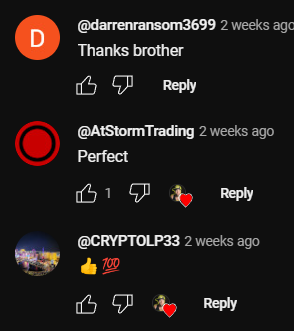
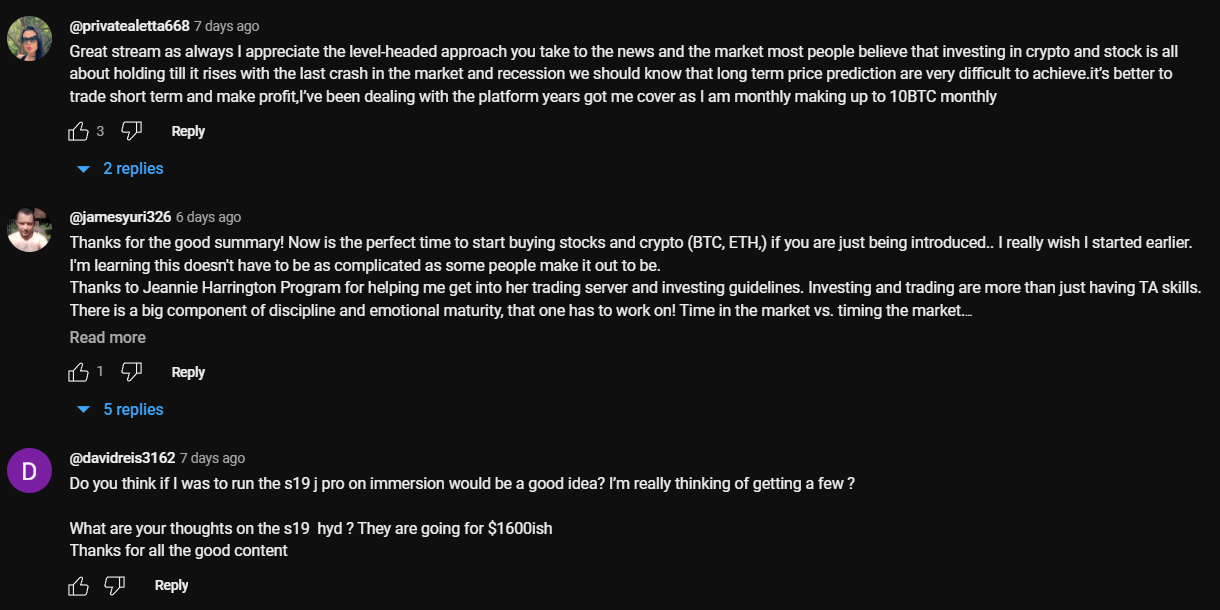
LEVEL 2
Don’t rush to conclude that you’ve discovered the perfect crypto channel just because you’ve come across some logical comments that align with the video’s topic. This may seem controversial, but it’s important to dive deeper. When you encounter a channel with logical comments, ensure that they are unique and not duplicated under the description box. Some creators are smarter than just buying comments from the first link that Google shows you when you search “buy YouTube comments”. They generate topics, provide multiple examples, or upload lists of examples, all produced by AI. You can either manually review the comments or use a script to parse all the YouTube comments into an Excel file. Then, add a formula to highlight any duplicates.

LEVEL 3
It is also a must to check the names of the profiles that leave the comments: most of the bot-generated comments are easy to track: they will all have the usernames made of random symbols and numbers, random first and last name combinations, “Habibi”, etc. No profile pictures on all comments is also a red flag.
LEVEL 4
Another important factor to consider when assessing comment authenticity is the posting date. If all the comments were posted on the same day, it’s likely that the traffic was purchased.
2. Average views number per video
This is indeed one of the key metrics to consider when selecting an influencer for collaboration, regardless of the product type. What specific factors should we focus on?
First & foremost: the views dynamics on the channel. The most desirable type of YouTube channel in terms of views is one that maintains stable viewership across all of its videos. This stability serves as proof of an active and loyal audience genuinely interested in the creator’s content, unlike channels where views vary significantly from one video to another.
Many unauthentic crypto channels not only buy YouTube comments but also invest in increasing video views to create the impression of stability. So, what exactly should we look at in terms of views? Firstly, calculate the average number of views based on the ten latest videos. Then, compare this figure to the views of the most recent videos posted within the past week. If you notice that these new videos have nearly the same number of views as those posted a month or two ago, it’s a clear red flag. Typically, a YouTube channel experiences lower views on new videos, with the number increasing organically each day as the audience engages with the content. If you see a video posted just three days ago already garnering 30k views, matching the total views of older videos, it’s a sign of fraudulent traffic purchased to create the illusion of view stability.
3. Influencer’s channel statistics
The primary statistics of interest are region and demographic split, and sometimes the device types of the viewers.
LEVEL 1
When reviewing the shared statistics, the first step is to request a video screencast instead of a simple screenshot. This is because it takes more time to organically edit a video than a screenshot, making it harder to manipulate the statistics. If the creator refuses, step two (if only screenshots are provided) is to download them and check the file’s properties on your computer. Look for details such as whether it was created with Adobe Photoshop or the color profile, typically Adobe RGB, to determine if the screenshot has been edited.
LEVEL 2
After confirming the authenticity of the stats screenshot, it’s crucial to analyze the data. For instance, if you’re examining a channel conducted in Spanish with all videos filmed in the same language, it would raise concerns to find a significant audience from countries like India or Turkey. This discrepancy, where the audience doesn’t align with regions known for speaking the language, is a red flag.
If we’re considering an English-language crypto channel, it typically suggests an international audience, as English’s global use for quality educational content on niche topics like crypto. However, certain considerations apply. For instance, if an English-speaking channel shows a significant percentage of Polish viewers (15% to 30%) without any mention of the Polish language, it could indicate fake followers and views. However, if the channel’s creator is Polish, occasionally posts videos in Polish alongside English, and receives Polish comments, it’s important not to rush to conclusions.
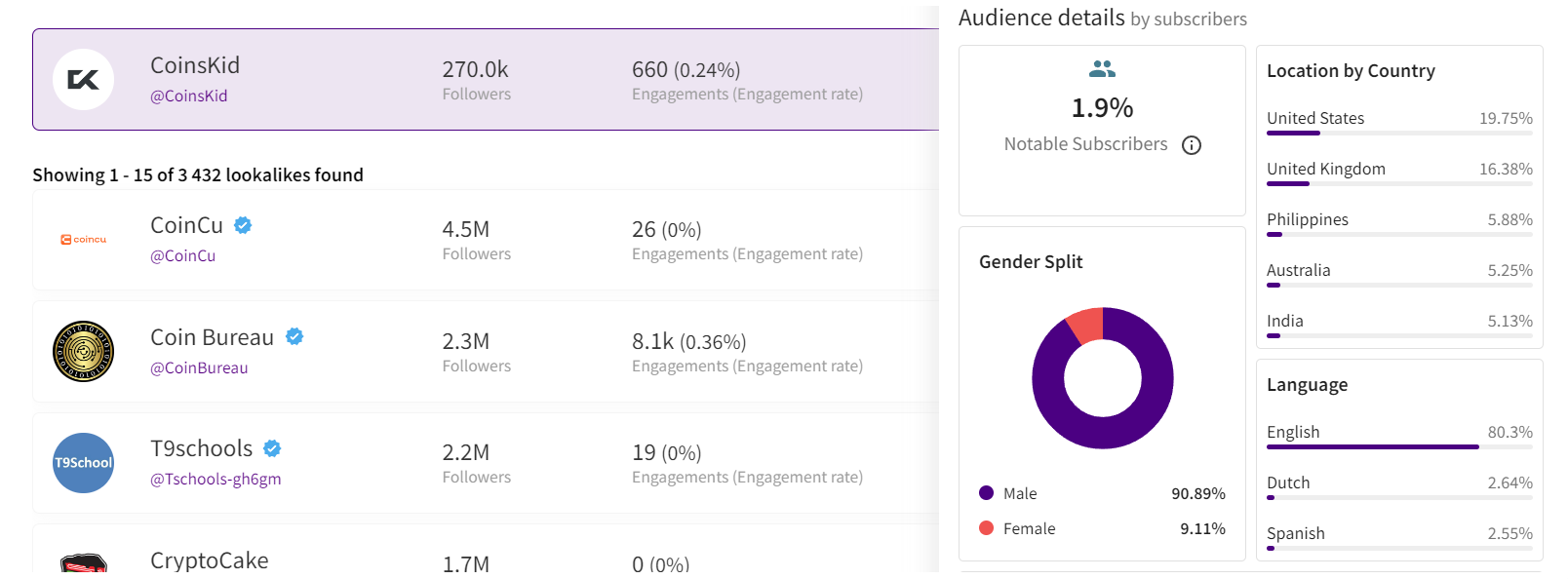 Example of statistics
Example of statistics
Wrapping up
These are the main factors to consider when selecting an influencer to promote your crypto product. Once you’ve launched the campaign, there are also some markers to show which creators did bring the authentic traffic and which used some tools to create the illusion of an active and engaged audience. While this may seem obvious, it’s still worth mentioning. After the video is posted, allow 5-7 days for it to accumulate a basic number of views, then check performance metrics such as views, clicks, click-through rate (CTR), signups, and conversion rate (CR) from clicks to signups.
If you overlooked some red flags when selecting crypto channels for your launch, you might find the following outcomes: channels with high views numbers and high CTRs, demonstrating the real interest of the audience, yet with remarkably low conversion rates. In the worst-case scenario, you might witness thousands of clicks resulting in zero to just a few signups. While this might suggest technical issues in other industries, in crypto campaigns it indicates that the creator engaged in the campaign not only bought fake views and comments but also link clicks. And this happens more often than you may realize.
Summing up, choosing the right crypto creator to promote your product is indeed a tricky job that requires a lot of resources to be put into the search process.

Author
Nadia Bubennikova, Head of agency at Famesters
Fintech
Central banks and the FinTech sector unite to change global payments space
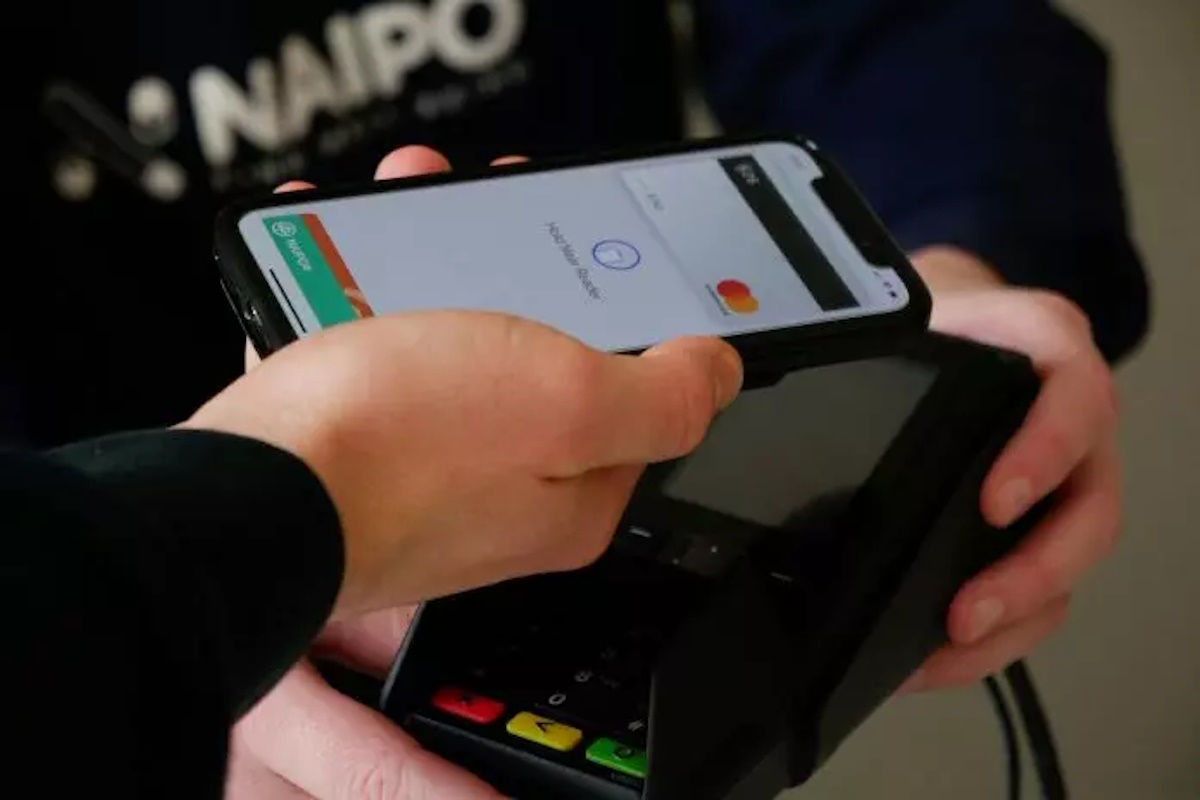
The BIS, along with seven leading central banks and a cohort of private financial firms, has embarked on an ambitious venture known as Project Agorá.
Named after the Greek word for “marketplace,” this initiative stands at the forefront of exploring the potential of tokenisation to significantly enhance the operational efficiency of the monetary system worldwide.
Central to this pioneering project are the Bank of France (on behalf of the Eurosystem), the Bank of Japan, the Bank of Korea, the Bank of Mexico, the Swiss National Bank, the Bank of England, and the Federal Reserve Bank of New York. These institutions have joined forces under the banner of Project Agorá, in partnership with an extensive assembly of private financial entities convened by the Institute of International Finance (IIF).
At the heart of Project Agorá is the pursuit of integrating tokenised commercial bank deposits with tokenised wholesale central bank money within a unified, public-private programmable financial platform. By harnessing the advanced capabilities of smart contracts and programmability, the project aspires to unlock new transactional possibilities that were previously infeasible or impractical, thereby fostering novel opportunities that could benefit businesses and consumers alike.
The collaborative effort seeks to address and surmount a variety of structural inefficiencies that currently plague cross-border payments. These challenges include disparate legal, regulatory, and technical standards; varying operating hours and time zones; and the heightened complexity associated with conducting financial integrity checks (such as anti-money laundering and customer verification procedures), which are often redundantly executed across multiple stages of a single transaction due to the involvement of several intermediaries.
As a beacon of experimental and exploratory projects, the BIS Innovation Hub is committed to delivering public goods to the global central banking community through initiatives like Project Agorá. In line with this mission, the BIS will soon issue a call for expressions of interest from private financial institutions eager to contribute to this ground-breaking project. The IIF will facilitate the involvement of private sector participants, extending an invitation to regulated financial institutions representing each of the seven aforementioned currencies to partake in this transformative endeavour.
Source: fintech.globa
The post Central banks and the FinTech sector unite to change global payments space appeared first on HIPTHER Alerts.
Fintech
TD Bank inks multi-year strategic partnership with Google Cloud
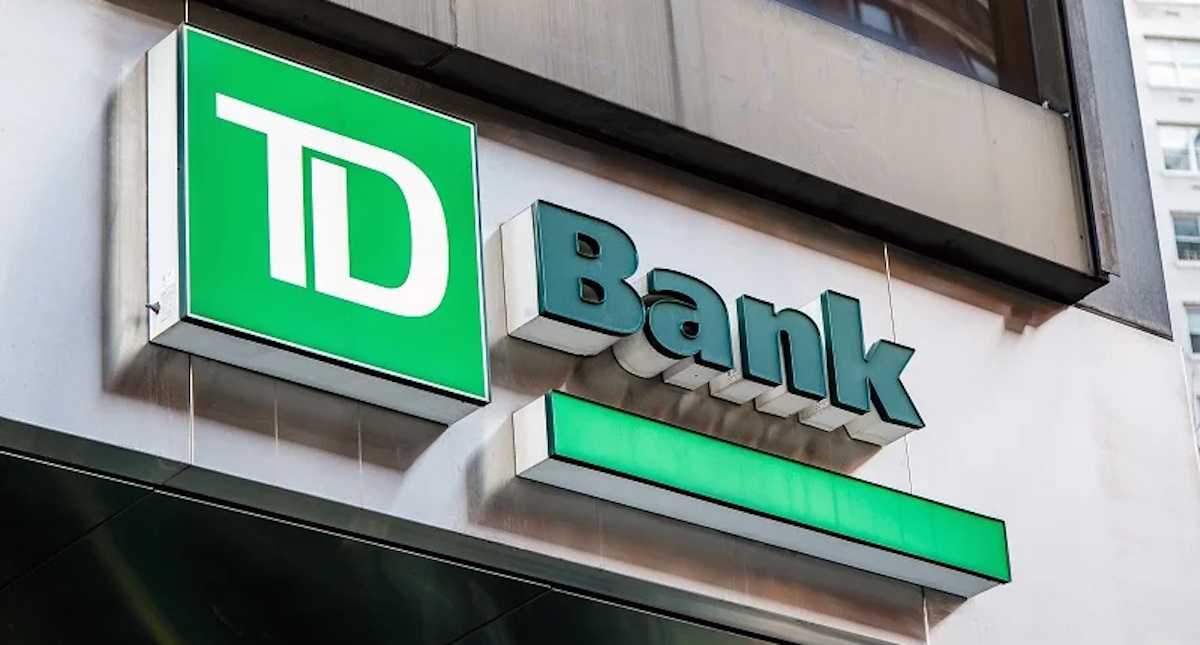
TD Bank has inked a multi-year deal with Google Cloud as it looks to streamline the development and deployment of new products and services.
The deal will see the Canadian banking group integrate the vendor’s cloud services into a wider portion of its technology solutions portfolio, a move which TD expects will enable it “to respond quickly to changing customer expectations by rolling out new features, updates, or entirely new financial products at an accelerated pace”.
This marks an expansion of the already established relationship between TD Bank and Google Cloud after the group previously adopted the vendor’s Google Kubernetes Engine (GKE) for TD Securities Automated Trading (TDSAT), the Chicago-based subsidiary of its investment banking unit, TD Securities.
TDSAT uses GKE for process automation and quantitative modelling across fixed income markets, resulting in the development of a “data-driven research platform” capable of processing large research workloads in trading.
Dan Bosman, SVP and CIO of TD Securities, claims the infrastructure has so far supported TDSAT with “compute-intensive quantitative analysis” while expanding the subsidiary’s “trading volumes and portfolio size”.
TD’s new partnership with Google Cloud will see the group attempt to replicate the same level of success across its entire portfolio.
Source: fintechfutures.com
The post TD Bank inks multi-year strategic partnership with Google Cloud appeared first on HIPTHER Alerts.
-
Latest News6 days ago
China remains stabilizing force for global economic growth
-
Latest News5 days ago
Kylian Mbappé and Accor Forge Alliance to Empower Younger Generations
-
Latest News4 days ago
Martello Re announces closing of $1.3 billion capital raise consisting of $935 million in equity and a $360 million upsize of the Company’s credit facility
-
Latest News5 days ago
BioCatch completes best first half in company history, grows ARR by 43% YoY
-
Latest News4 days ago
Market Dojo Celebrates Prestigious Inclusion in Ardent Partners 2024 Strategic Sourcing Technology Advisor
-
Latest News2 days ago
Driving Innovation Forward: CFI Welcomes Seven-Time Formula 1™ World Champion Lewis Hamilton as new Global Brand Ambassador
-
Latest News2 days ago
KEYSTONE BANK HOLDS CUSTOMER FORUM, REITERATES COMMITMENT TO EXCELLENT SERVICE DELIVERY
-
Latest News5 days ago
COP28 President calls on all stakeholders to bring spirit of solidarity that delivered UAE Consensus to drive implementation and sustainable socio-economic development




